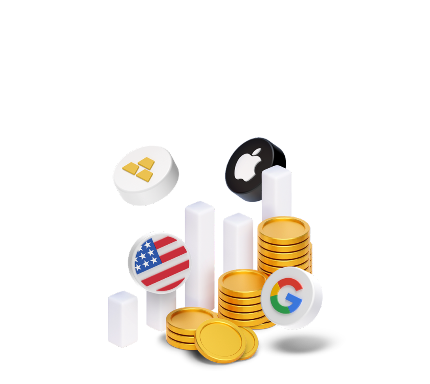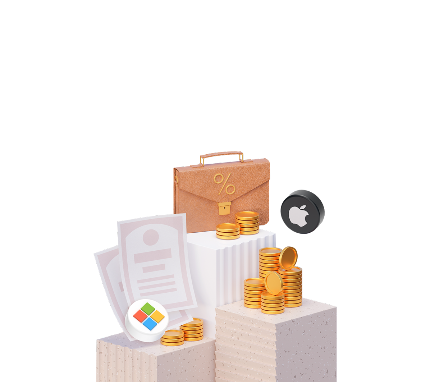How to Choose a Currency Pair for Trading in Forex?

6 minutes for reading
A beginner trader often asks themselves: which currency pair should they choose for trading? In this review, I will address the most popular currency pairs and enumerate the criteria for choosing the most suitable ones.
What is a currency pair?
A currency pair is the quotation of two different currencies that constitutes a currency rate and acts as an object of operations in Forex.
The standard view of a currency pair is:
Base currency/Quote currency
A trade operation means that the trader sells or buys the base currency against the quote currency.
The base currency is the one on the left – it is the currency that you sell/buy. The quote currency is the one to the right – it expresses the price of the base currency.
For example, look at the EUR/USD (Euro vs US Dollar) currency pair:
- EUR is the euro, base currency
- USD is the American dollar, quote currency
- The current exchange rate of EUR/USD is 1.1270. which means 1 euro costs 1.1270 US dollars.
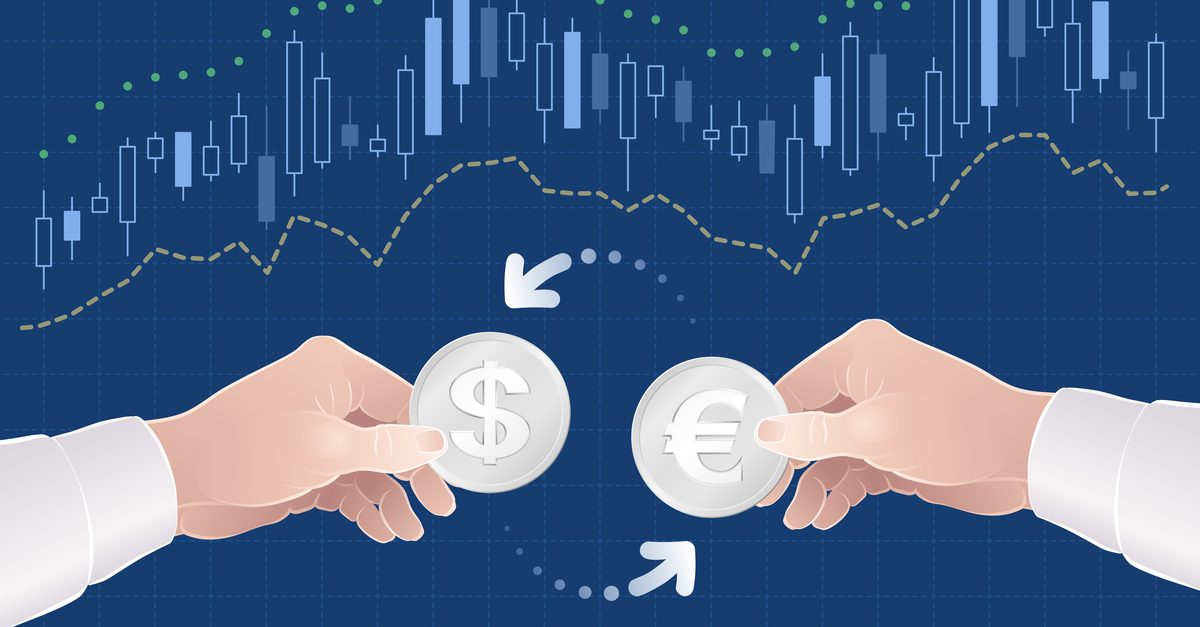
Forex is the world's largest financial market, displaying the current dynamics of global trade. It features a huge number of currency pairs – from famous to exotic ones. The most popular currency pairs which constitute the biggest volume of world trade are called major pairs. They are most often used for trading.
The characteristics of major currency pairs
Major currency pairs in Forex and the pairs that consist of the most popular currencies of the world economy. Presently, such currencies are the USD, EUR, JPY, CHF, GBP, NZD, AUD, CAD. It would be logical to add the CNH, or the Chinese yuan, here, but the rate of this currency is controlled by the Central Bank of China, so the CNH is not traded that actively.
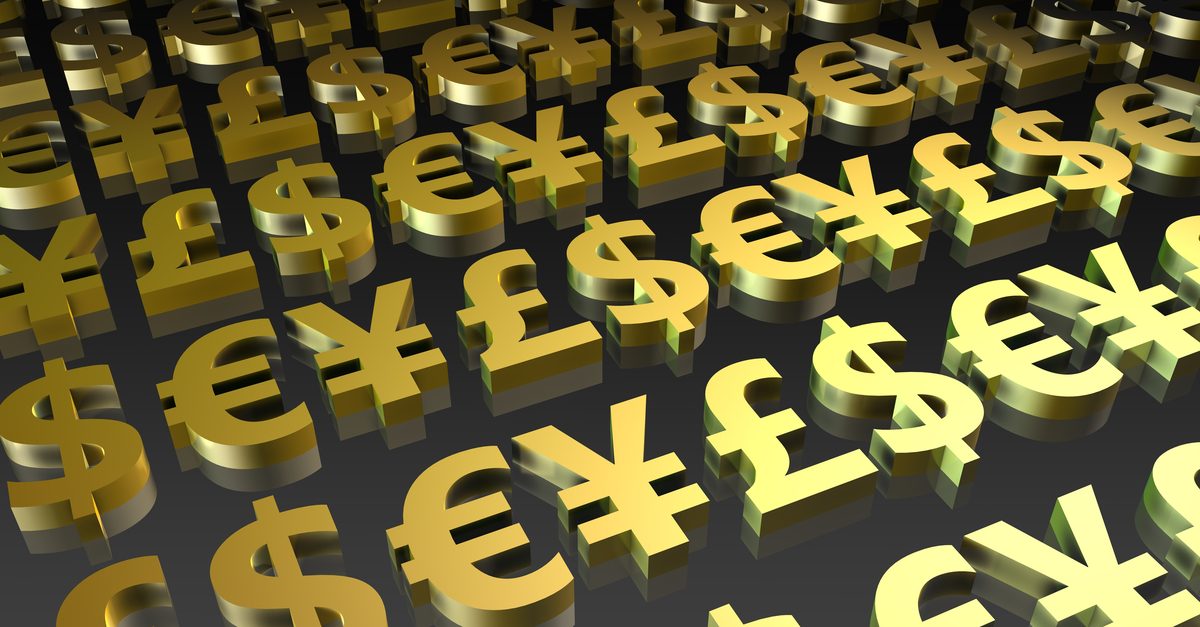
- EUR/USD is the euro vs the US dollar. It is the most popular currency pair. The trade volume of the currency pair is maximal here, while the spread is small and volatility is average. It is most active during the European and American sessions and reacts vividly on the news in the Eurozone.
- USD/CHF is the US dollar vs the Swiss franc. Most often, it goes counter the euro/dollar pair; it moves calmly and has a small spread. The Swiss franc is a safe-haven asset, thus the pair may go down during crises. It is most active during the European and American sessions.
- GBP/USD is the British pound vs the US dollar. The currency pair has increased volatility and is popular among traders. It may demonstrate mighty movements of several patterns or trigger nearby Stop Losses by false breakaways. The pound reacts dramatically to political events and economic data in Britain. The pair is most active during the European and American sessions.
- USD/JPY is the US dollar vs the yen. The Japanese yen is quite a peculiar currency that might move counter all other major pairs. It is a safe-haven asset, so it is prone to decline during crises and, vice versa, grow in the times of ascending dynamics in stock markets. The pair is most active during the Asian session.
- USD/CAD is the US vs the Canadian dollar. The CAD is a commodity currency; its course correlates with the dynamics of oil prices. The growth of oil drags down the pair, while the falling of oil pushes it up. It is most active during the American session.
- AUD/USD and NZD/USD are the Australian vs the US dollar and the New Zealand vs the US dollar. These currency pairs have very similar behavior. Normally, they are calm, influenced by the prices of metals and powdered milk. They are most active during the Asian session.
Apart from major pairs, traders actively use cross-courses (currency pairs without the US dollar):
Popular exotic and regional currency pairs would be:
How many currency pairs do we use in trading?”

Many traders wonder how many currency pairs they should use in trading. I think, there are two approaches to the issue depending on your trading style:
Minimum pairs
This approach is based on the fact that each currency pair is peculiar, and the nuances of its behavior may be studied if you focus on one or two pairs. Spending some time on mastering one pair, learning the factors that influence it (important news, macroeconomic statistics), you may get a certain advantage.
A wide range of pairs
This approach is based on the use of certain trading patterns, Price Action patterns, candlesticks, etc. Having learned to find some pattern on the price chart and having made sure of its efficacy, we may start trading. For this approach, using a lot of currency pairs is reasonable: you scan the charts, find patterns, and get started.
The criteria for choosing currency pairs
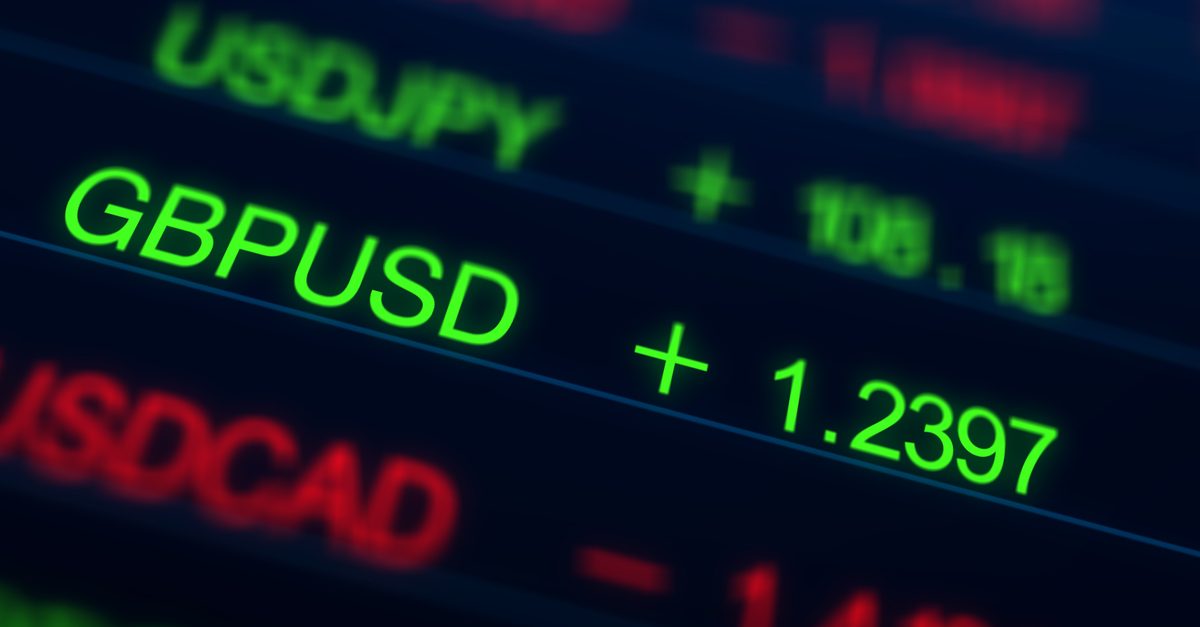
Certain criteria and characteristics of currency pairs will help you pick up the most suitable ones. The peculiarity of the currency market is its extremely high liquidity; hence, this parameter may be neglected as there is always supply and demand. To me, the following three criteria seem the most important:
Time of activity
Each currency pair has the time when it is most active. This is the time when trade volumes are the largest, and the price might move significantly. For example, USD/JPY, AUD/USD, and NZD/USD are active in the early morning, during the Asian session.
This is the time when the news that may influence the rate is published. If you trade only for a certain period intraday, better choose the pairs that are most active during the period available to you.
Volatility
Volatility is the fluctuation range of a currency pair during a certain time. Most often, we evaluate it on D1. So, some currency pairs trade in a relatively narrow range, while for others, the range is wide.
The higher the volatility of a pair, the larger the possible profit; however, Stop Losses must also be high. This is for everyone to decide individually, which suits them better: high volatility with large SLs – or low volatility with equally moderate SLs. To assess and compare the volatility of different pairs, try a special indicator called ATR (Average True Range).
The cost of a trade
Another important criterion for choosing currency pairs is the cost of a trade. In Forex, normal expenses are the spread – the difference between the rates of a buy and sale. On advanced ECN accounts, the spread is minimal, but they feature a small commission fee for operations. As a rule, major pairs have minimal spreads, the spread of cross courses is a bit higher, while exotic pares feature increased spread.
Closing thoughts
Choosing a currency pair for trading requires an individual approach, which depends on one’s personal preferences. I advise beginners to start with major pairs. Depending on your trading style, focus on one pair, or trade several. Three important criteria – volatility, cost per trade, and activity time – will help you with your choice.
